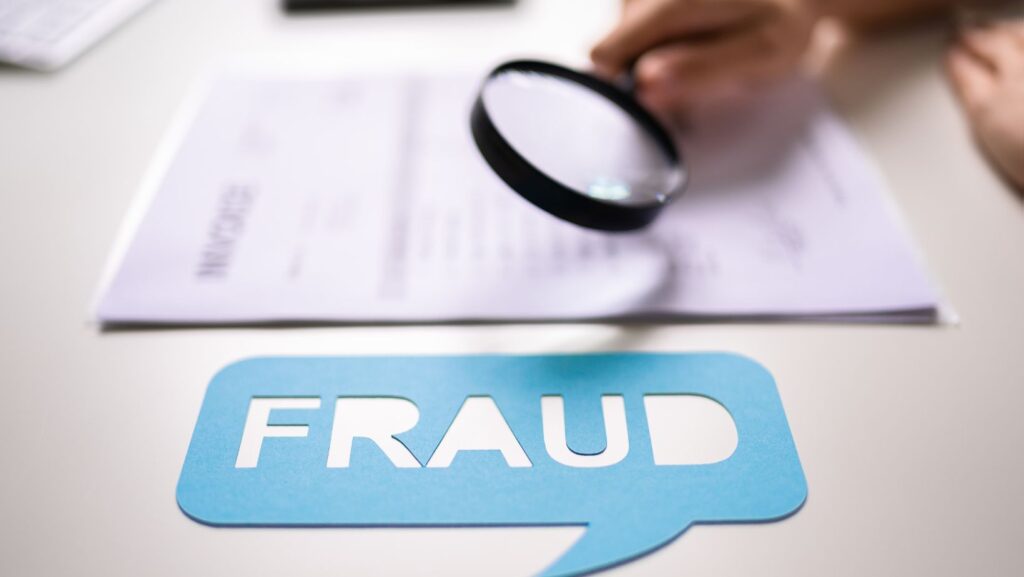
The Hidden Costs of Friendly Fraud Beyond Chargeback
Picture this: You’ve just shipped another order, and you’re feeling good about your growing business. Then it hits you—a chargeback notification. “But we did everything right,” you think. Welcome to the world of friendly fraud, where your customers become unwitting adversaries.
It’s not just about the money you lose on that single transaction. The real sting? It’s the hidden costs that slowly eat away at your business’s health. From operational headaches to customer trust, the ripple effects can be profound.
Let’s peel back the layers of this modern-day business challenge and explore why friendly fraud is anything but friendly to your bottom line.
The Lurking Menace of Friendly Fraud
Ethoca states that friendly fraud occurs when customers dispute legitimate charges on their credit cards. It’s not always malicious; sometimes, it’s due to confusion or forgetfulness. However, the impact on businesses is significant.
Why should you worry? Because it’s increasingly common and difficult to detect. Unlike traditional fraud, these transactions, also known as first-party fraud, appear normal at first. The deception lies in its innocuous nature—it’s your customers causing the problem, often unknowingly.
This poses unique challenges for fraud prevention systems. The impact is multifaceted, affecting your revenue, operational costs, and customer relationships. Understanding friendly fraud is crucial for protecting your business in today’s digital marketplace.
How can you spot it? What are the warning signs? These are questions every business owner must grapple with to safeguard their enterprise.
Hidden Cost #1: Chargebacks
Chargebacks, originally designed as a consumer protection mechanism, have become a double-edged sword for businesses. When a customer disputes a charge, their bank initiates a reversal, debiting your account and slapping on a fee.
The financial impact is immediate and twofold. But here’s the kicker: friendly fraud chargebacks are particularly malignant. These aren’t from stolen cards; they’re from your actual customers who received their purchases.
CNN reports a staggering $100 billion annual loss for businesses due to friendly fraud. Even more alarming, 35% of Americans admit to committing first-party fraud, with 40% knowing someone who has. These statistics underscore the pervasive nature of the problem.
Why is this so insidious? These chargebacks often blindside businesses, appearing long after the transaction seemed settled. They’re harder to dispute and more likely to succeed, leading to higher processing fees or even account termination.

How can you differentiate between legitimate and fraudulent claims? What strategies can stem this tide? These questions are crucial for safeguarding your business’s financial health in an increasingly complex digital marketplace.
Hidden Cost #2: Operational Costs
Friendly fraud’s impact extends far beyond the visible chargebacks. The operational costs can be staggering. Investigating and disputing claims becomes time-consuming, diverting resources from core business functions.
Businesses often allocate dedicated staff to fraud management, a costly necessity in today’s digital landscape. System upgrades for fraud detection tools represent another significant investment. But are they worth it?
Consider this: these costs accumulate over time, often outweighing the direct losses from chargebacks themselves. The hidden expense lies in the opportunity cost—what could your business achieve if these resources were reinvested in growth initiatives?
Moreover, the constant battle against friendly fraudsters can lead to decision fatigue, impacting overall business strategy.
How can you streamline these processes? What’s the optimal balance between fraud prevention and operational efficiency? These questions are crucial for maintaining a healthy bottom line in the face of persistent friendly fraud challenges.
Hidden Cost #3: Customer Relations
The impact of financial fraud ripples through your entire customer ecosystem. Trust, the bedrock of customer relationships, erodes as businesses struggle to balance fraud prevention with customer experience.
Do not be surprised when customers abandon their carts due to overly complex checkout processes implemented as fraud prevention measures. Moreover, consumers often abandon online shopping carts due to the forced inconvenience of account creation.
How do you maintain a welcoming environment while guarding against potential fraudsters?
Policy changes often lead to stricter measures, which can inadvertently alienate genuine customers. Consider the long-term implications: each frustrated customer represents a potential loss in lifetime value. In the digital age, reputation damage spreads like wildfire.
A recent BrightLocal survey reveals that in 2024, 75% of consumers consistently engage with online reviews, either ‘always’ or ‘regularly.’ This figure barely wavered from the previous year’s 76%. More tellingly, 3% of consumers report never consulting online reviews.
These statistics underscore the role of reviews in shaping business reputations and consumer decisions in today’s digital marketplace.
The key lies in transparent communication, fair policies, and a nuanced approach to fraud prevention that doesn’t compromise the customer experience.
Hidden Cost #4: Financial Repercussions
Let’s dive into the financial whirlpool that friendly fraud creates beyond the initial loss. First up: processing fees. As your chargeback ratio climbs, payment processors start seeing you as a risky business. Result? They hike up your fees. It’s like a tax on your transactions, eating into every sale you make.
But it gets worse. Push that ratio too high, and you might lose your processing privileges altogether. Imagine trying to run an online business without being able to accept payments. It’s a nightmare scenario.
Then there’s insurance. As your risk profile worsens, premiums creep up. It’s a hidden cost that many overlook until it’s too late.
How does this affect your bottom line? It’s death by a thousand cuts. Each factor chips away at your profitability, making it harder to grow or stay afloat.

To weather this storm, you need to be proactive. Implement strong fraud prevention measures, fight illegitimate chargebacks, and keep your processor in the loop. Your business’s financial health depends on it.
FAQs
How can small businesses educate their customers about friendly fraud?
Create clear, concise communication about your billing and refund policies. Use multiple channels like email, website FAQs, and order confirmation pages. Explain the impact of chargebacks on small businesses and encourage direct communication for any issues or concerns. Consider creating short, engaging videos to illustrate the process and consequences of friendly fraud.
What are some warning signs that a business might be experiencing friendly fraud?
Look for patterns of chargebacks from repeat customers, disputes on high-value items, or claims of non-receipt for tracked shipments. An increase in chargebacks for digital goods or services can also indicate friendly fraud. Monitor these trends regularly. Pay attention to customers who frequently make purchases and file chargebacks within a short timeframe.
How can businesses balance customer trust and strict fraud prevention measures?
Be transparent about your security measures. Explain why certain steps are necessary. Offer excellent customer service and easy ways for customers to verify their purchases. Consider loyalty programs to reward honest customers and incentivize direct communication. Implement a feedback system to gather customer input on their experience with your fraud prevention measures.
The hidden costs of friendly fraud extend beyond immediate financial losses, permeating every aspect of business operations. As digital commerce evolves, so must your strategies for combating this insidious threat.
Recognizing the multifaceted impact of friendly fraud is important. It will help your business implement comprehensive solutions that mitigate losses and foster trust and loyalty in the digital marketplace.





